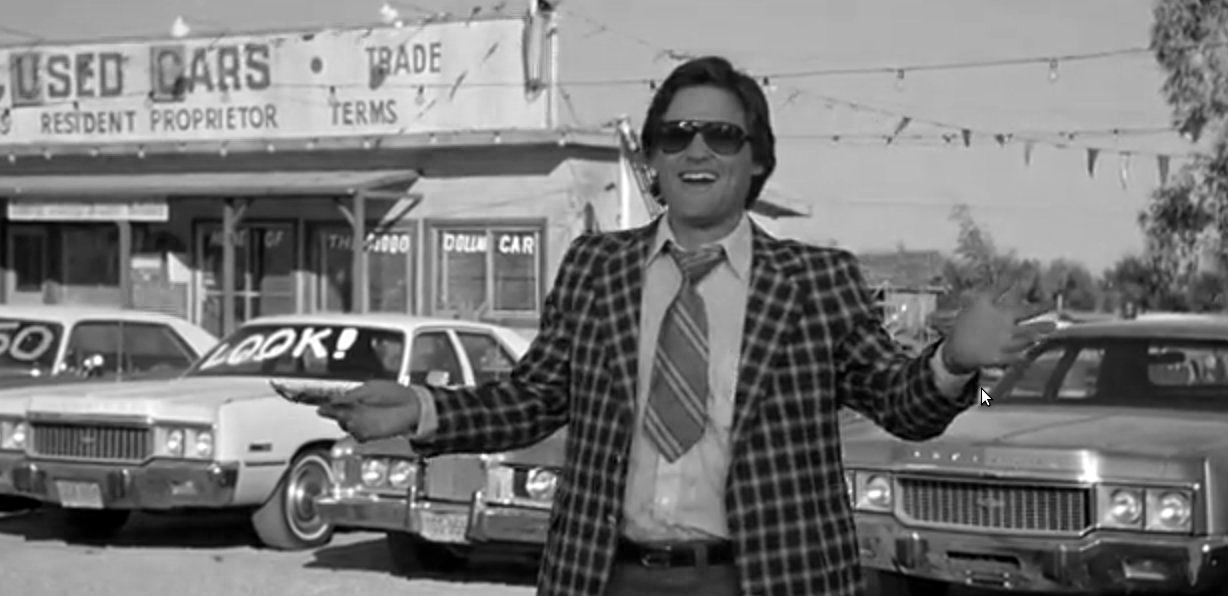Is online marketing killing the internet?
by John Prinzo
Somewhere in the mid-2000s the internet became a man. It grew up. From top to bottom, strategy and design to functionality and code; websites moved past “anyone can take a stab at it” to becoming a balance of science and art that was best handled by the professionals. The science of human interaction informed design, the behavior of search engines and web users informed web copy, and a culture of “doing it right” permeated serious web agencies. Websites became an imperative facet of a business presence – as much as signage.
Music and other audio with no discernible “off” button was an egregious oversight of tact. Flash was dead. Cyber salespeople walking out on to the website to hock something were lame. Pop-ups were discouraged or blocked. The internet was becoming about the user.
Next, social media began to take a hold in the business world. Organizations quickly realized the potency of social media as a channel for marketing, public relations, and customer service. There were silent but enforced rules. People don’t engage with social media to be shouted at. They don’t want commercials in their face. There’s TV for that. The internet is a pristine and idealistic ecosystem of commerce, communication, honesty, and transparency. Social media was meant to tear down the walls between brands and consumers, pull back the proverbial curtain and be a clear avenue for communication. It served as an intimate connection where responses from the biggest organizations in the world were quick, courteous, and honest. The content shared would not be commercials but nuggets of value for that particular community.
This opened the door to a close examination of content and the early days of content strategy and marketing. Website copy became simpler and shorter. Blogs worked their way into the mainstream and the same tenants of value and transparency shone though.
 All of this was when these tools were in the hands of digital professionals. Even as adventurous marketers and communications professionals began to experiment they looked to guidelines created by web professionals.
All of this was when these tools were in the hands of digital professionals. Even as adventurous marketers and communications professionals began to experiment they looked to guidelines created by web professionals.
Then the shit hit the fan. News of these powerful tools made it to the c-suite. Marketers and other administrative professionals with no background in web development and little to no exposure to true digital professionals learned of all these new channels and methods; rich data, social graphs, analytics, social media, banner ads, and retargeting. The gloves were off and the onslaught began. Marketing agencies suddenly had a “digital department” eager to leverage these new tools.
Now the web feels like 1997 again. Audio comes at you from multiple ads, rich media displays move in every direction, pre and post-roll video, overlays and pop-ups choke the user’s experience, and social media dropped all pretense of honest communication and began to hit us over the head with ads. Being online feels like late night TV, dodging idiotic commercials in a desperate attempt to find something you want. Now we are followed for weeks, being “retargeted” with an ad for a product we just bought. Get off my jock Tommy Hilfiger corduroy blazer!
Plug-ins can be added and cookies can be deleted, but it is the stunning chasm created in a very short time between ethical web development and digital practices to most websites looking like Homer Simpson’s page:
Google continues to do its best to keep these practices at bay. Their latest Quality Ranking Guides are trying to put the kibosh on sites that are more ad than content or masking articles to look like their own but is actually promoted content from other sites.
